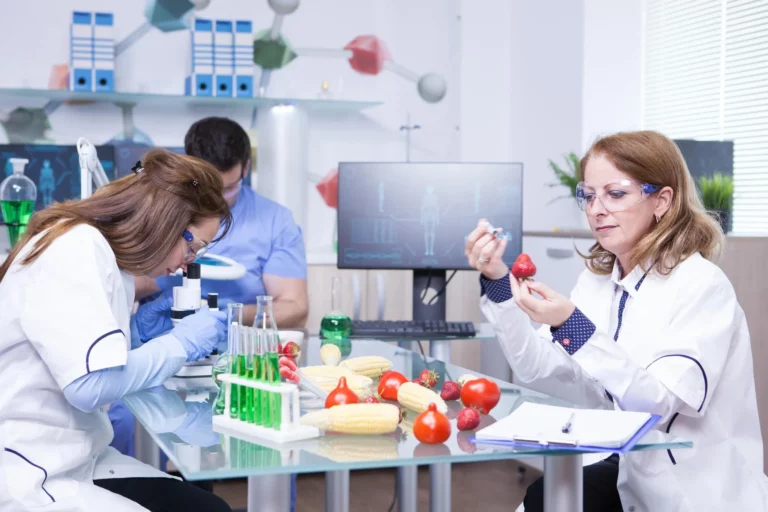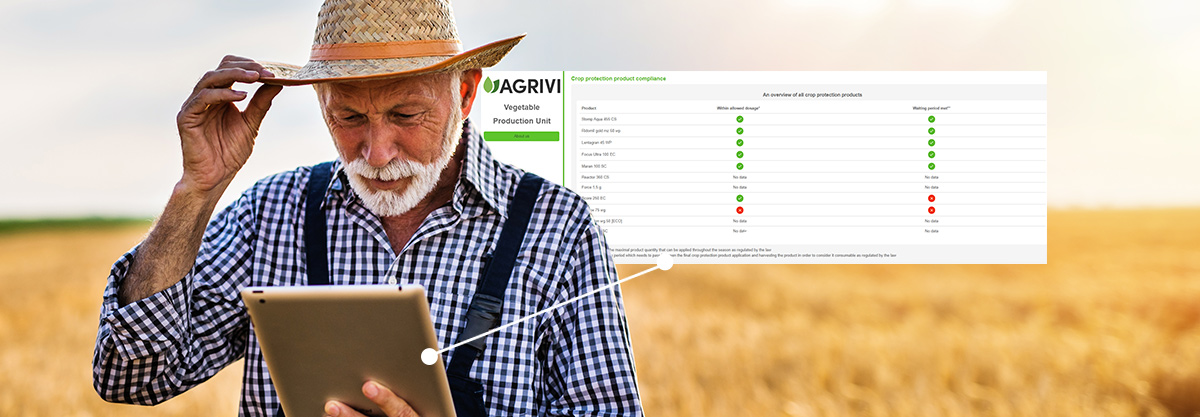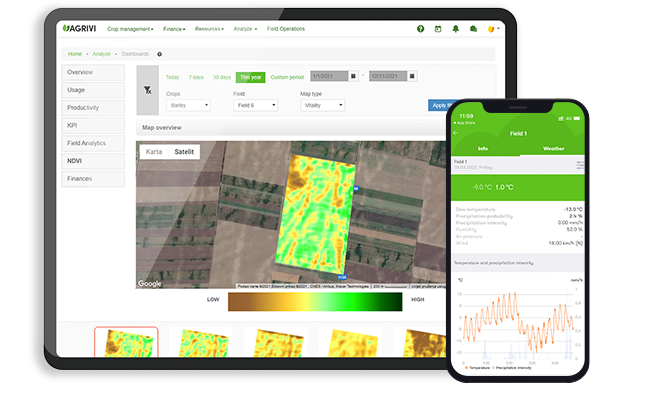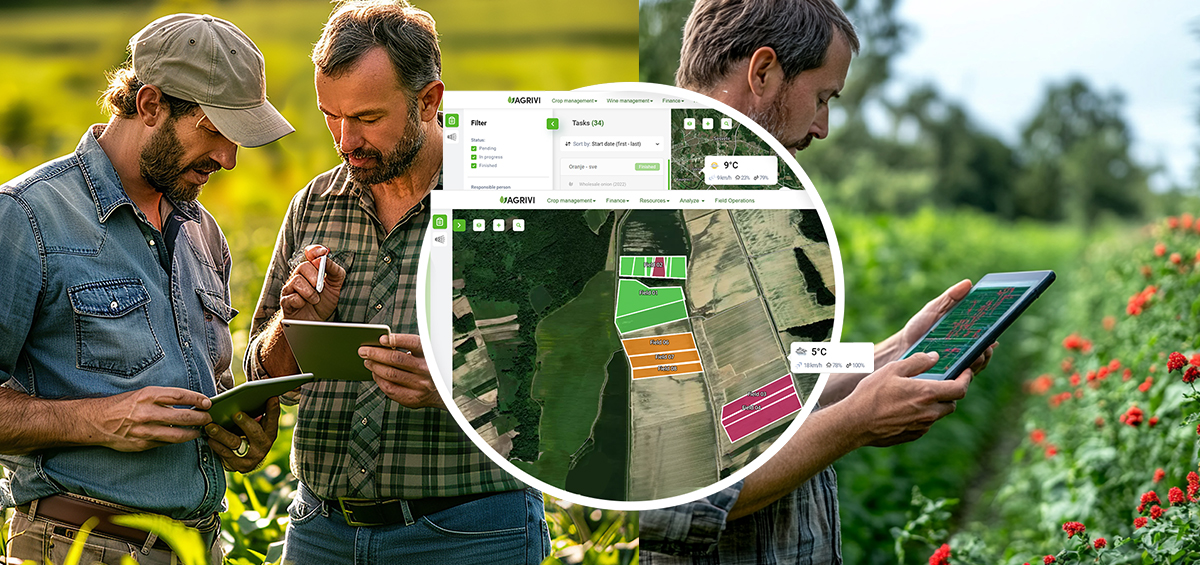In recent times, the accurate and timely traceability of products and activities throughout the supply chain has become a key factor in food and agribusiness. More and more people around the world are demanding proof that food products are safe and of high quality. This often includes traceability, or the ability to track where a product came from. Food safety and agriculture traceability are currently at the forefront of both regulatory and industry discussions around the world.
Table of Contents
Agriculture Traceability – What Does It Really Mean?
Traceability is a tool for meeting consumer demands and assuring them that a grower is indeed meeting their requirements. The traceability information or product tracking tool should be able to identify at any specified stage of the food supply chain (from production to distribution) from where the food came and to where the food went, as appropriate to the objectives of the food inspection and certification system. Additionally, production traceability reduces business risks and losses due to possible product recalls, especially in the food industry.
Food manufacturers can prevent some food safety problems by understanding all food production practices.
Consumers are becoming more concerned about food safety, and certain segments of the population are becoming more concerned, for instance, about how food is produced, and whether it is organic, or minimal chemical use.
Avoiding Product Recalls Before They Happen
Product recalls in the food industry usually occur when a product fails on quality testing. This can happen for various reasons including sanitation issues, unallowed agricultural practices by providers that fail to be reported on time, risk of foodborne illness, or some mistake that occurs during the final production process. In any event, once the inspection services conduct a check and the item fails inspection it’s safe to say that the damage has already been made. To avoid this from happening again, we need to trace the product back to the source, from the moment it was received for processing to the moment it failed inspection.
Read more on how to avoid product recalls or how to manage a product recall once they occur and remember to download our free ebook on 5 steps to avoid product recalls.

AVOID PRODUCT RECALLS
Find out more about avoiding product recalls by downloading your copy of our free ebook.
The Role of Traceability in The Food Supply Chain
Food supply chain traceability requirements play a significant role in helping businesses stay competitive in the domestic and global marketplace while being conscious of public health. From distribution and transport to retail – all the way to the end consumer, the ability to trace a product through all stages of production plays an important role for any business dealing with produce. Food Traceability Systems, essentially cover all aspects of production from farm to fork. Food traceability is as complex as keeping to global traceability standards, which is why good traceability solutions are important in the food industry.

Consumers expect to know what happens to food products every step of the way.
Benefits of Traceability For Farmers
The benefits of traceability are widely recognized. Yet for small-scale farmers in developing countries, especially farmers producing horticultural and other fresh produce, traceability and transparency requirements can represent barriers to trade. The market for safe and traceable food can exclude small-scale agricultural producers who lack the resources to comply with increasingly strict standards, particularly requirements for tracking and monitoring environmental and supply chain variables through sophisticated technologies.
Traceability is a valuable business practice for farmers. Adopting product traceability is not a choice. It’s a question of how we do this in the best way possible, and how we take advantage of the opportunities that are emerging.
How Does AGRIVI Help Keep Farm Production Traceable and Transparent

Traceability Dashboard
AGRIVI Traceability provides a complete and detailed overview of the entire lifecycle of a product, from its initial planting or harvesting to its purchase by the end consumer, including information on each stage of the product’s production journey, farming location, inputs, and processes involved, and any quality control measures taken to ensure the product’s safety and quality.
With the ability to print QR code on their products, food and beverage companies as well as retailers, can showcase the full transparency of their products to their customers. Customer can easily scan the QR code on their mobile devices and get full traceability report on the palm of their hands. This empowers consumers with information on production efforts, safety compliance, and pesticide usage reports, and increase consumer trust and loyalty at the same time.
Get a Demo for AGRIVI now and increase the level of your work’s traceability easier than ever.





